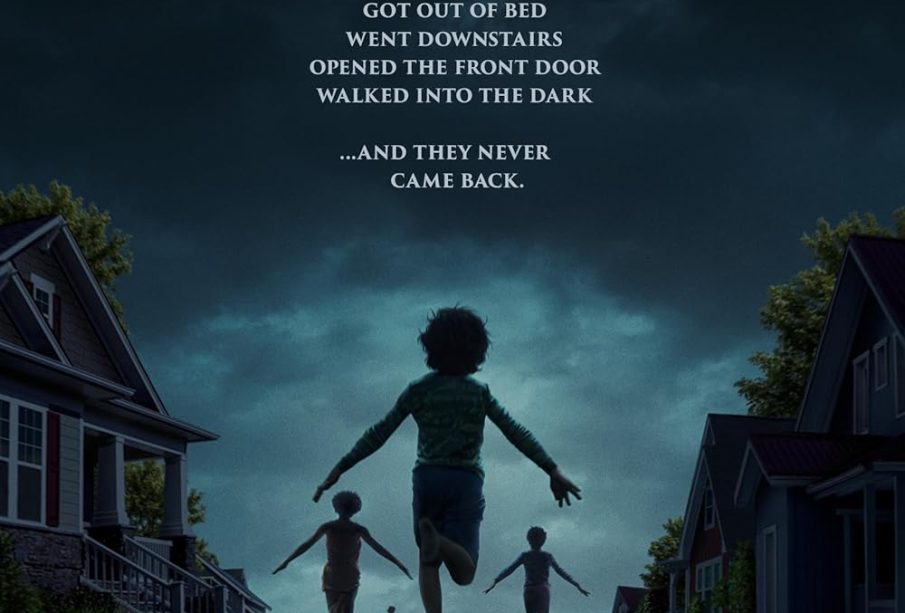The Role of Weapons in Contemporary Cinema

Introduction
Weapons have been a central theme in cinema since its inception, often used to symbolize power, conflict, and survival. As global conflicts evolve, so too has the portrayal of weapons in films, reflecting societal attitudes and the realities of warfare. With political tensions and social issues bringing discussions of violence and defense to the forefront, the relevance of weapons in movies continues to resonate with audiences around the world.
Evolution of Weapons in Films
From the classic Westerns featuring revolvers to modern-day action films laden with high-tech armaments, the depiction of weapons has transformed significantly. Iconic movies such as ‘Die Hard’, ‘James Bond’ series, and ‘John Wick’ showcase not only the physical attributes of weapons but also delve into the psychological impacts they have on characters and narratives. Recent films like ‘Dunkirk’ and ‘1917’ present a gritty perspective on warfare, illustrating the devastating consequences of using weapons in conflict.
Current Trends and Cultural Reflections
In today’s films, the representation of weapons often ties into larger themes of ethics and morality. Movies such as ‘American Sniper’ and ‘Hotel Mumbai’ explore the human aspect behind the act of using weapons, raising questions about heroism and villainy. With the rise of streaming platforms, movies such as ‘The Night Manager’ and ‘Bodyguard’ further analyze the arms trade and its implications on global security. This growth in storytelling reflects an audience that is increasingly aware of and interested in the socio-political contexts surrounding violence.
The Significance of Weapons on Screen
Filmmakers have the unique power to shape perceptions about weapons, often bringing attention to issues like gun control, military ethics, and the psychological effects of violence. The use of weapons in movies can lead to important discussions about their place in society and influence public opinion. As audiences consume content across various mediums, the narratives surrounding weapons continue to evolve, highlighting the importance of responsible portrayals in line with current societal values.
Conclusion
In conclusion, the depiction of weapons in films serves as a mirror reflecting society’s struggles and aspirations. As we watch these stories unfold on screen, it is crucial to engage critically with the themes presented. Future films are likely to further explore the complex relationship between humanity and violence, making it essential for viewers to remain discerning consumers of media. Understanding the implications of weapon portrayal helps foster deeper conversations about their ramifications in real-world scenarios.









